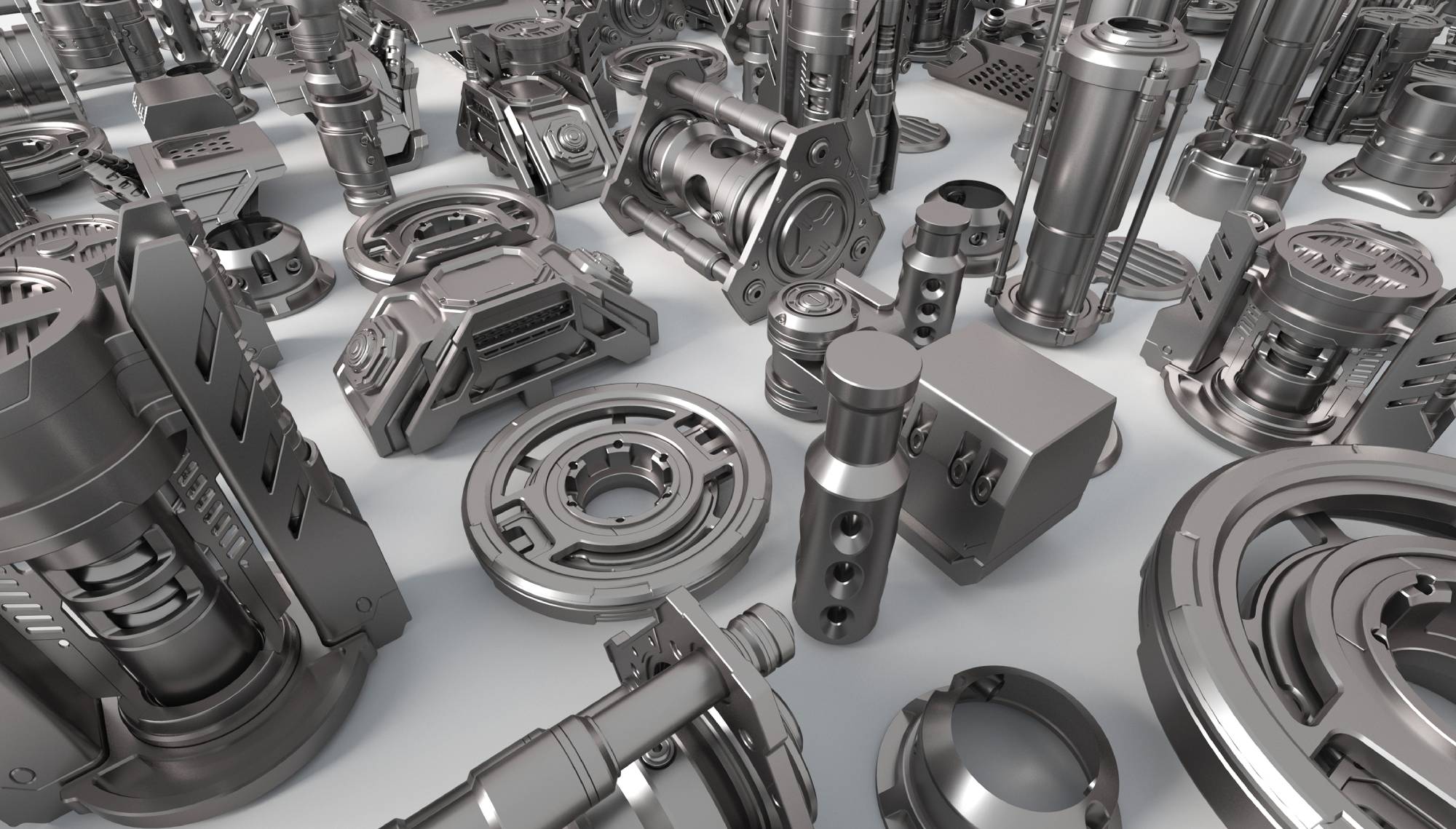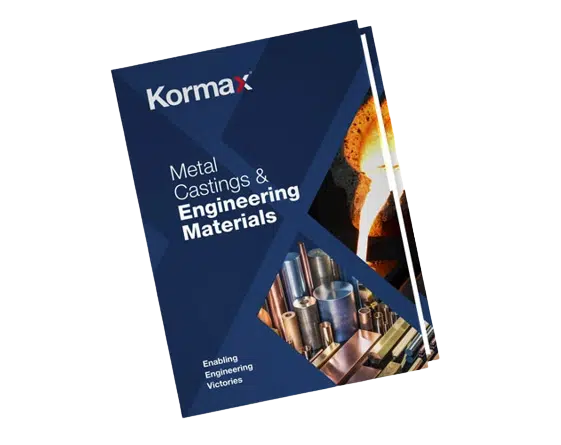Gauging material effectiveness in specific applications involves considering various factors related to the application’s mechanical and environmental requirements and ensuring the properties and characteristics of the materials complies with the application. Here’s a 12-step general guide to help you assess material effectiveness for future projects or applications:
- Define Application Requirements:
- Clearly outline the specific requirements of the application, such as mechanical strength, thermal conductivity, corrosion resistance, electrical conductivity, or any other relevant properties.
- Understand Material Properties:
- Identify the key properties of materials that are crucial for the application. For example, if you’re selecting a material for a structural component, mechanical properties like tensile strength, hardness, and elasticity is essential.
- Consider Environmental Factors:
- Evaluate the environmental conditions the material will be exposed to, such as temperature, humidity, and exposure to chemicals. Certain materials may degrade or perform poorly under specific environmental conditions.
- Cost Analysis:
- Consider the cost of the materials, including manufacturing, processing, and maintenance costs. Choose materials that provide a balance between performance and cost-effectiveness.
- Lifecycle Analysis:
- Assess the lifecycle of the product or structure. Consider factors like durability, ease of recycling, and potential environmental impact. This is especially important for sustainable and eco-friendly applications.
- Testing and Prototyping:
- Conduct tests or create prototypes to simulate real-world conditions. This can include stress testing, fatigue testing, and exposure to relevant environmental factors. Analyse how materials perform under these conditions.
- Industry Standards and Regulations:
- Ensure that the selected materials comply with industry standards and regulations applicable to the specific application. Non-compliance can lead to safety issues and legal complications.
- Material Compatibility:
- Check for compatibility with other materials used in the application. Compatibility issues can lead to corrosion, degradation, or other undesirable effects.
- Availability and Supply Chain:
- Consider the availability of the chosen material and its raw components. Evaluate the stability of the material’s supply chain to avoid disruptions in production.
- Feedback and Case Studies:
- Seek feedback from others who have used similar materials in comparable applications. Case studies and real-world examples can provide valuable insights into the performance of materials in specific scenarios.
- Future Considerations:
- Anticipate potential changes or advancements in technology that could affect the material’s suitability in the long term. Select materials that align with future trends and developments.
- Iterative Process:
- Recognize that material selection is often an iterative process. Kormax can provide guidance gained from a vast scope of experience and can support continuous improvement by incorporating new approaches and innovative thinking to achieve desired goals or objectives.
By carefully considering these factors, you can gauge the effectiveness of materials in specific applications and make informed decisions based on the requirements and conditions of your project.
The Metallurgical team at Kormax has extensive material selection experience across many different industries and applications. Please feel free to contact the team for a free half hour consultation on your industrial/engineering project.


